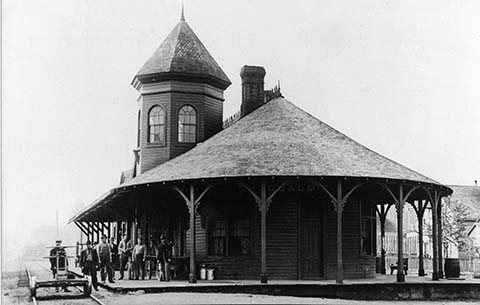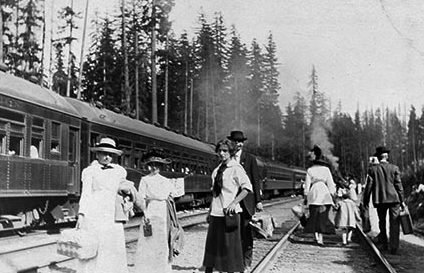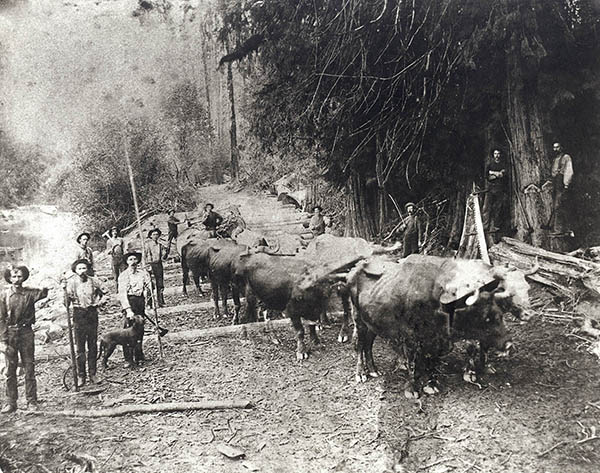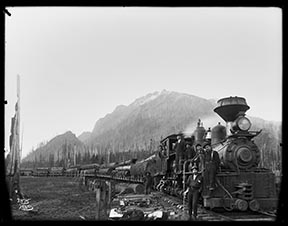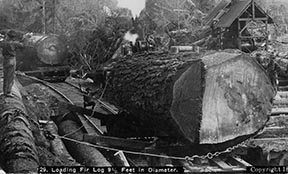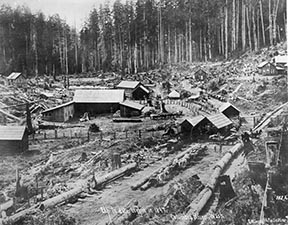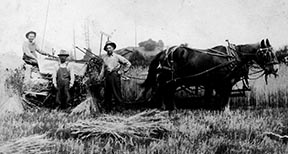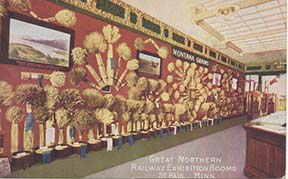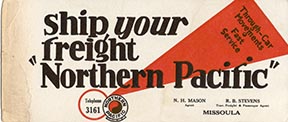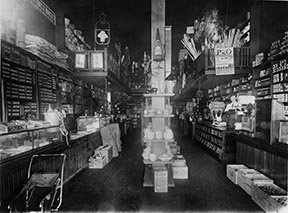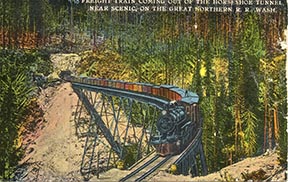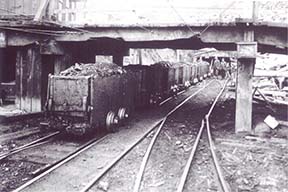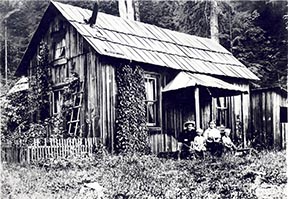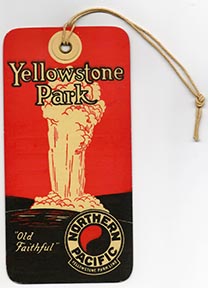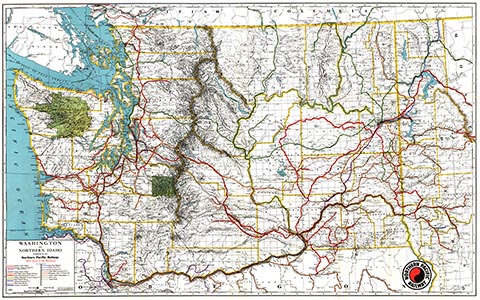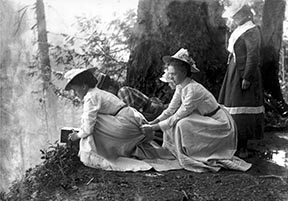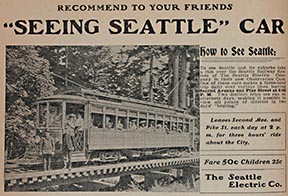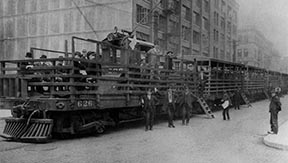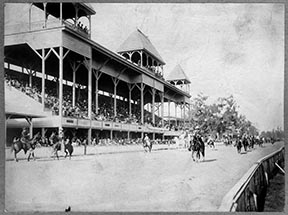Goods & Coal
Manufactured Goods and the General Store
In any community, the general store played a vital role. General stores were the Fred Meyer, or box store, of their day – almost anything and everything was available: fresh food, dry goods, clothing, home goods, gardening implements, seeds, firearms, furniture, books, candy, nails and construction materials, tobacco, and alcohol.
How did the railroad help the general store? Besides quicker access to goods, the railroad allowed a greater variety, thereby expanding the merchandise available to the customer. This could only help the success of the business owner. Beyond that, customers could order specialty items out of catalogues and the items, no matter the size, would arrive at the local depot for pickup. So if you wanted to buy a new stove, you would order it by mail or telegram (either of which was available at the local depot) and it would be shipped by rail to the depot closest to your home where it would wait for you in the freight room for you to claim it.
Manufactured goods available in the Pacific Northwest in the late 1800s were shipped from factories in the east.
“Railroads helped create a new class of consumer items. Specialty goods and luxuries, once limited to small local markets, now could be moved almost anywhere in the states, creating almost instant fads and trends.” The Story of Americas Railroads
Coal
In the late 19th Century, coal was king, and coal reserves represented the primary source of fuel for steam locomotives, steamships, home and business heating, and more. Coal mines operated in Renton, Newcastle, Issaquah, Wilkeson, and Carbondale, but also at Roslyn, Ronald, and Cle Elum in eastern Washington. A seam of rather poor coal was mined in Snoqualmie beginning in the 1890s, but was processed into coke for use in steel production.
The first local railroad was the Seattle and Walla Walla (1873), incorporated to transport coal from the mines to the Seattle docks (for use in steamer ships, heating for home or business, and to ship to San Francisco).

